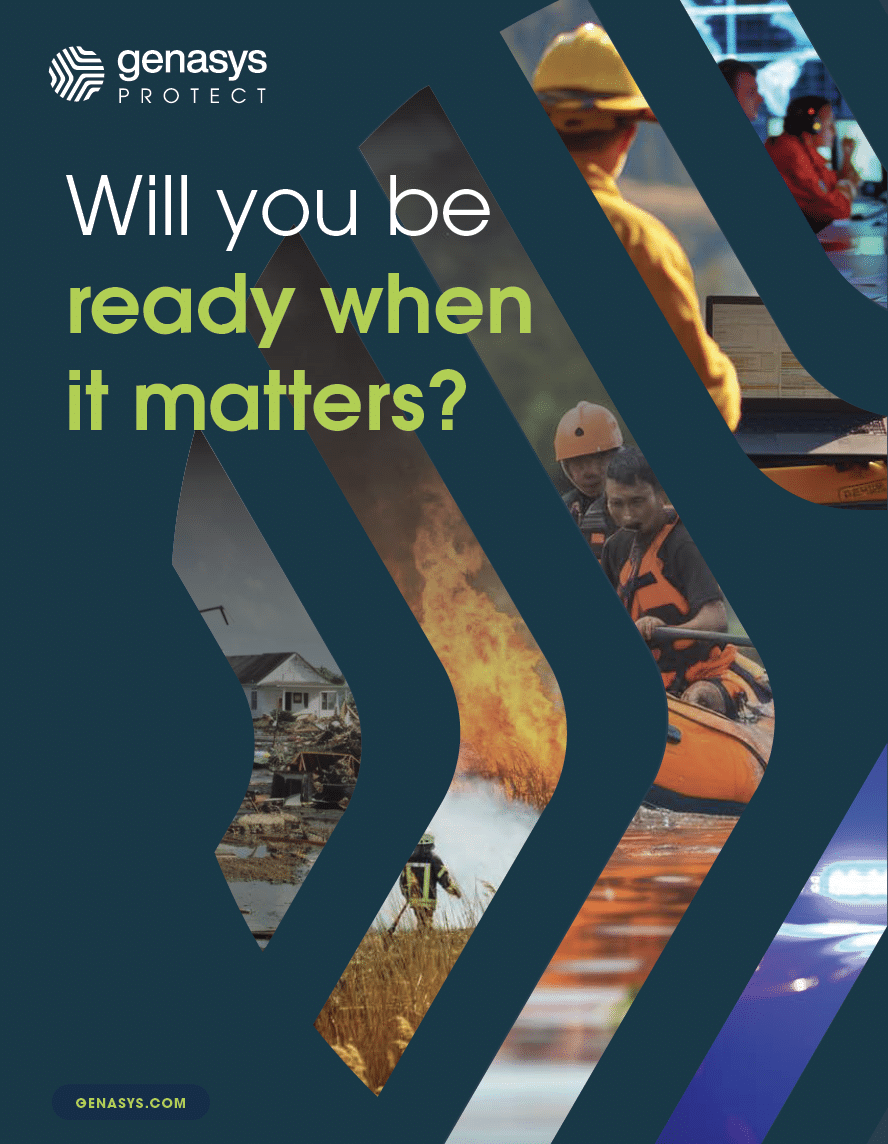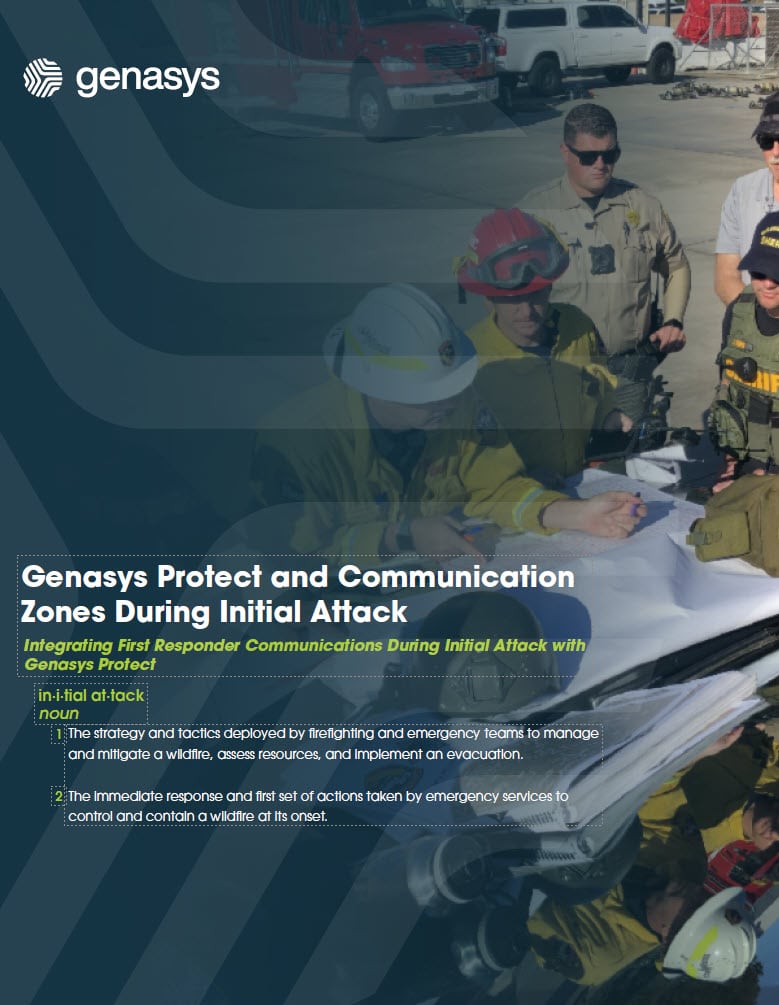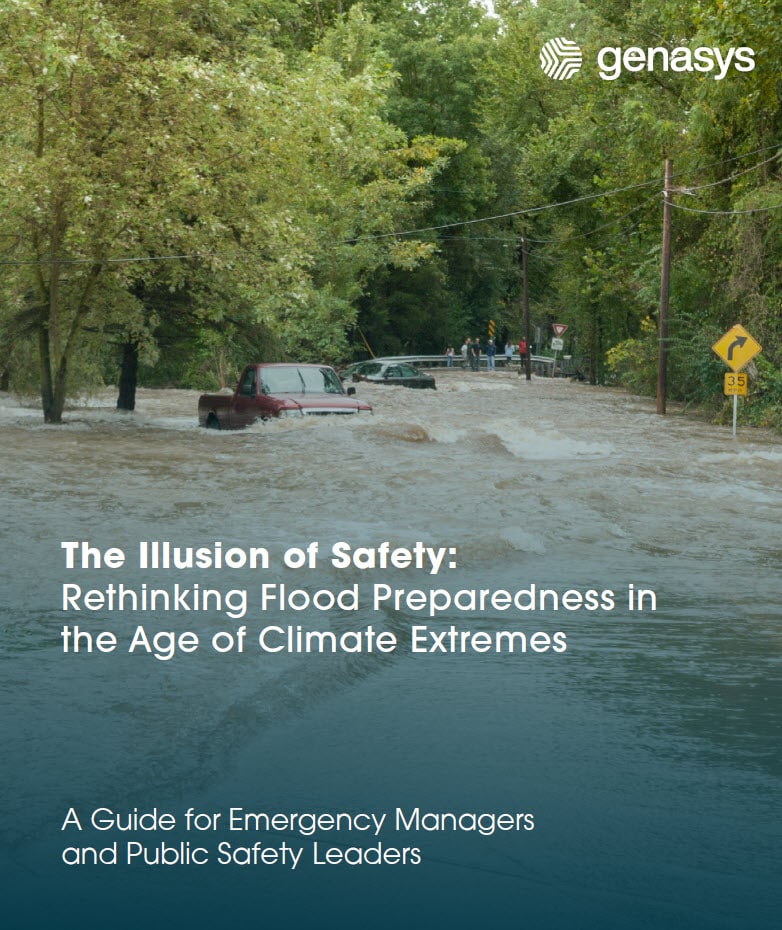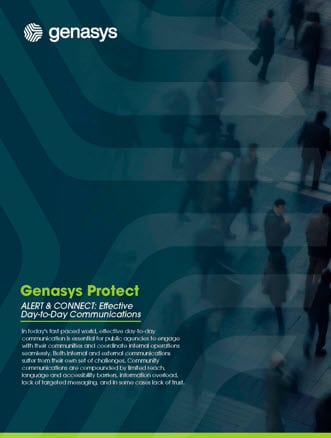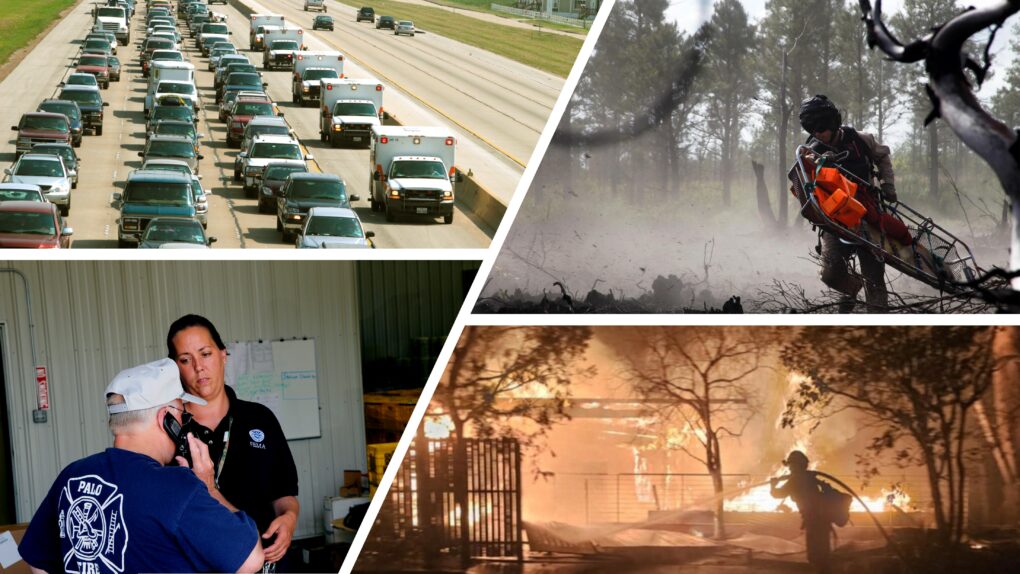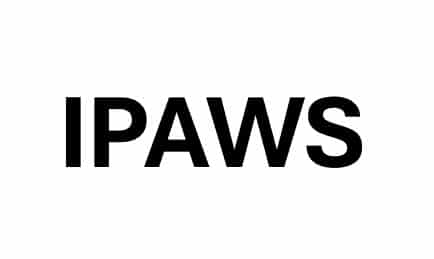In the dynamic landscape of emergency management, technology plays a pivotal role in ensuring public safety. Recently, the Oregon Fire Chiefs Association (OFCA) collaborated with Oregon State University’s Policy Analysis Laboratory (OPAL) to evaluate the efficacy of Genasys Protect EVAC (EVAC) formerly known as Zonehaven, a web-based evacuation management platform designed to streamline evacuation processes during wildfires. The study provides a qualitative analysis, shedding light on the impact of EVAC on decision-making, notification speed, and overall evacuation efficiency.
The Journey
The study, conducted in California and Oregon, involved interviews with fire and police professionals who had experience with EVAC during wildfires in the last 5 years. These individuals, representing diverse disciplines and backgrounds, provided valuable insights into their experiences, preferences, and the impact of EVAC on their decision-making processes. OPAL employed a qualitative research design grounded in narrative inquiry. The goal was to explore practical perspectives and challenges related to the use of EVAC during wildfire emergencies. A purposeful sample of professionals was selected, and open-ended questions were used to gather rich, qualitative data. The analysis involved both open coding and axial coding to identify key themes.
The Results
The analysis revealed three overarching themes: informing evacuation decisions, speed of notifications, and speed of evacuations. While participants did not heavily rely on EVAC’s simulation tool for decision-making, they acknowledged its efficacy in rapidly notifying communities once evacuation decisions were made. Public safety professionals expressed a preference for zone-based evacuation tools, particularly EVAC, over traditional methods. The study recommended implementing EVAC for efficient evacuation execution, emphasizing connectivity with dispatch centers, and approaching public awareness campaigns cautiously to prevent confusion.
A Closer Look At EVAC
EVAC provides a web-based platform aimed at improving community evacuation processes. It facilitates real-time information access, decision action, and increased operational efficiency during emergencies. The study found that EVAC’s ability to create predefined zones and subzones significantly contributed to the efficiency of evacuation strategies. The interviews uncovered a valuable insight – the use of small zones or “sub-zones” was recommended for more efficient evacuation strategies, especially for emergencies beyond wildfires. This human-centered approach reflects the adaptability and practicality of EVAC in real-world emergency scenarios.
Conclusion
In conclusion, the qualitative analysis conducted by OPAL highlighted the positive impact of EVAC on the evacuation process during wildfires. Public safety professionals found the platform instrumental in making informed decisions and executing timely evacuations. The study not only validated the effectiveness of EVAC but also offered recommendations for its continued use and exploration in emergency management efforts. As we navigate the ever-evolving landscape of emergency management, the integration of technology, exemplified by platforms like EVAC, becomes crucial. This study serves as a testament to the importance of leveraging innovative solutions to enhance public safety. Zone-based evacuation platforms are not just tools; they are essential companions for those working tirelessly to protect and evacuate communities in times of crisis.



